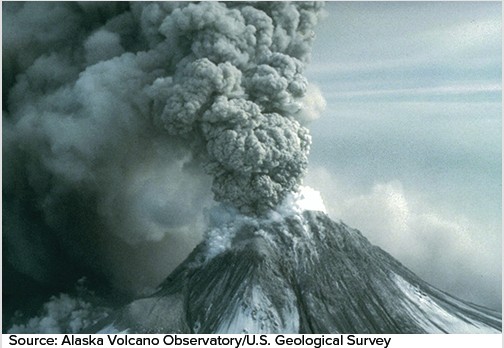Given the dominance of cities in this region, describe the particular urban environmental problems facing cities in the developing world
How might Latin America's megacities use their size and density to reduce the environmental problems associated with urbanization?
As over-urbanization continues, megacities are often confronted with serious environmental (and social) issues: housing shortages, squatter settlements, water quality (and availability), congestion, inadequate energy supplies, air pollution, and diseases. Within Latin America, careful planning to balance growth, and to promote sustainability, may mitigate against the worst of these problems.
You might also like to view...
?Match each term with the most appropriate description.
A. populations of different species living in a particular place, and potentially interacting with each other B. a group of individuals of the same species living in a particular place C. parts of the atmosphere, hydrosphere, and geosphere where life is found D. the fundamental structural and functional unit of life E. an individual living being F. a community of different species interacting with one another and with their nonliving environment of matter and energy G. organisms, such as green plants, that make the nutrients they need from compounds and energy obtained from their environment H. animals that eat mostly green plants I. those who eat both plants and animals J. those who obtain nourishment by releasing nutrients from the wastes or remains of plants and animals
Hemoglobin is an example of which of the following?
A) an allosteric protein B) a conjugated protein C) both a and b D) neither a nor b
Calcified and salinized soils typically form in ____
a. arid and semiarid regions b. the middle latitudes c. the subarctic d. the rainforests
What type of eruption is shown in this photograph?
A. pyroclastic flow B. lava flow C. lava fountain D. lava dome E. eruption column